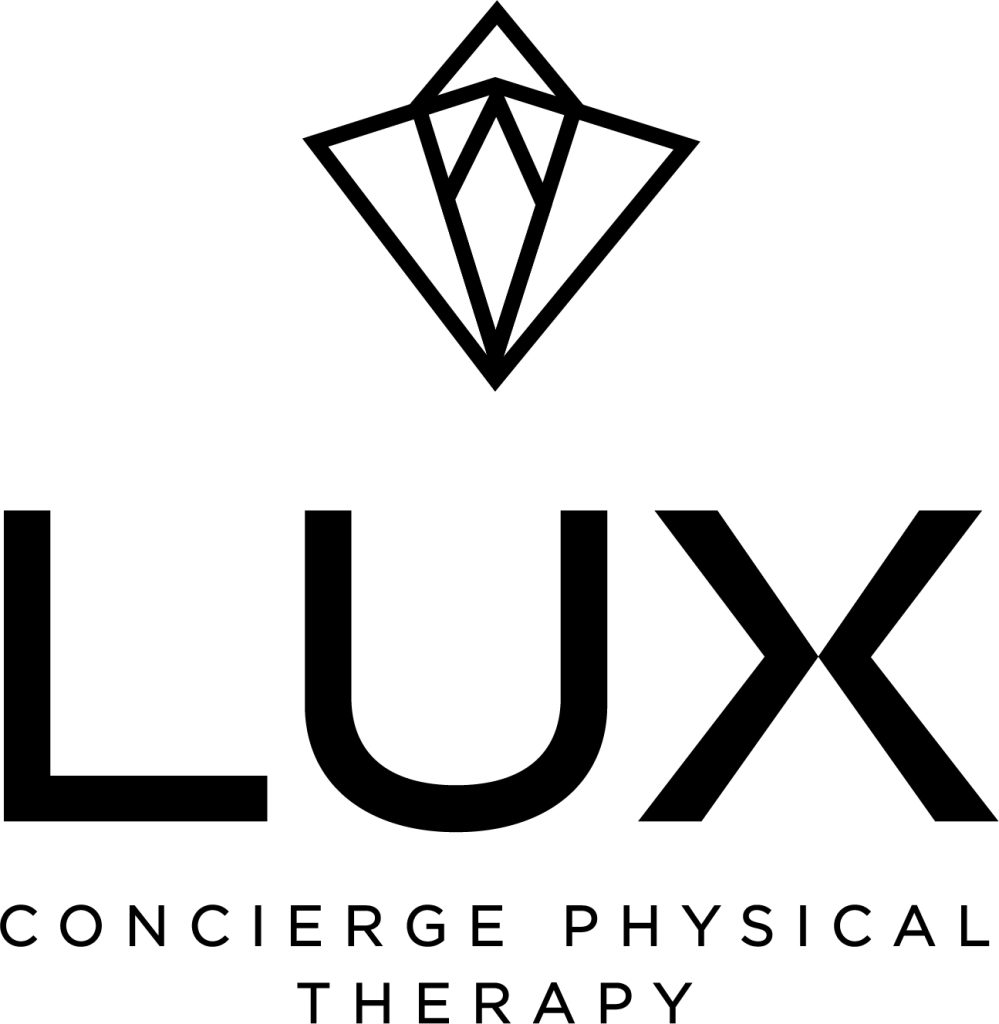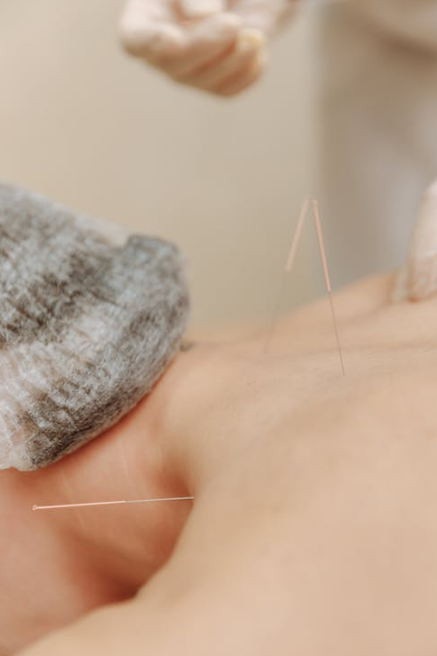Dry needling is a highly effective, minimally invasive technique used to alleviate pain and enhance musculoskeletal function. By targeting trigger points in the body, dry needling provides a solution for pain relief, improved mobility, and accelerated healing. In this post, we explore the science behind dry needling, its benefits, and how it can be applied clinically to improve your physical well-being.
Dry Needling: The Science Behind the Mechanism
Dry needling is based on the principles of Western medicine, focusing on myofascial trigger points—hyperirritable areas within tight muscle bands. A thin needle is inserted into these points, creating micro-injuries that activate the body’s natural healing responses. This process can release muscle tension, reduce pain, and restore muscle function. The technique also stimulates nerve fibers, which can alter pain signals and release neurotransmitters, further helping with pain relief.
The scientific mechanism behind dry needling includes:
- Increased blood flow to the targeted muscle or tissue, promoting healing
- Muscle relaxation through a local twitch response, easing muscle tension
- Improved tissue repair by stimulating the body’s natural recovery mechanisms
Top Benefits of Dry Needling
Dry needling offers numerous benefits, especially when performed by an expert like Dr. Jordan Dubow at LUX Concierge Physical Therapy. The main benefits include:
- Pain Relief: Dry needling helps modulate pain pathways and release endorphins, offering a drug-free method for pain management.
- Improved Mobility: By releasing muscle tightness and increasing joint flexibility, dry needling can improve your range of motion.
- Enhanced Muscle Function: Dry needling helps relax tight muscles, reducing spasms and improving overall muscle function.
- Accelerated Healing: Increased blood flow speeds up recovery, making it ideal for individuals recovering from injuries or surgeries.
Clinical Applications of Dry Needling
Dry needling has proven beneficial in a variety of clinical settings. Some of its top applications include:
- Athletic Performance and Recovery: Athletes can benefit from dry needling to address muscle imbalances, reduce recovery time, and prevent injuries.
- Chronic Pain Management: Dry needling can relieve pain caused by conditions like fibromyalgia and tension headaches by targeting specific trigger points.
- Postoperative Rehabilitation: In post-surgery care, dry needling helps ease muscle tightness, reduce scar tissue, and promote healing.
How Dry Needling Helps You
At LUX Concierge Physical Therapy, we specialize in dry needling techniques that can help you recover faster, improve flexibility, and manage chronic pain. Whether you’re an athlete, dealing with a persistent injury, or looking to optimize your rehabilitation, dry needling is a powerful tool that can make a difference in your recovery.
Restore optimal body functioning and health with LUX Concierge Physical Therapy. Dr. Jordan Dubow can offer a personalized physical therapy program to alleviate pain and improve overall physical well-being. Schedule a consultation now.

